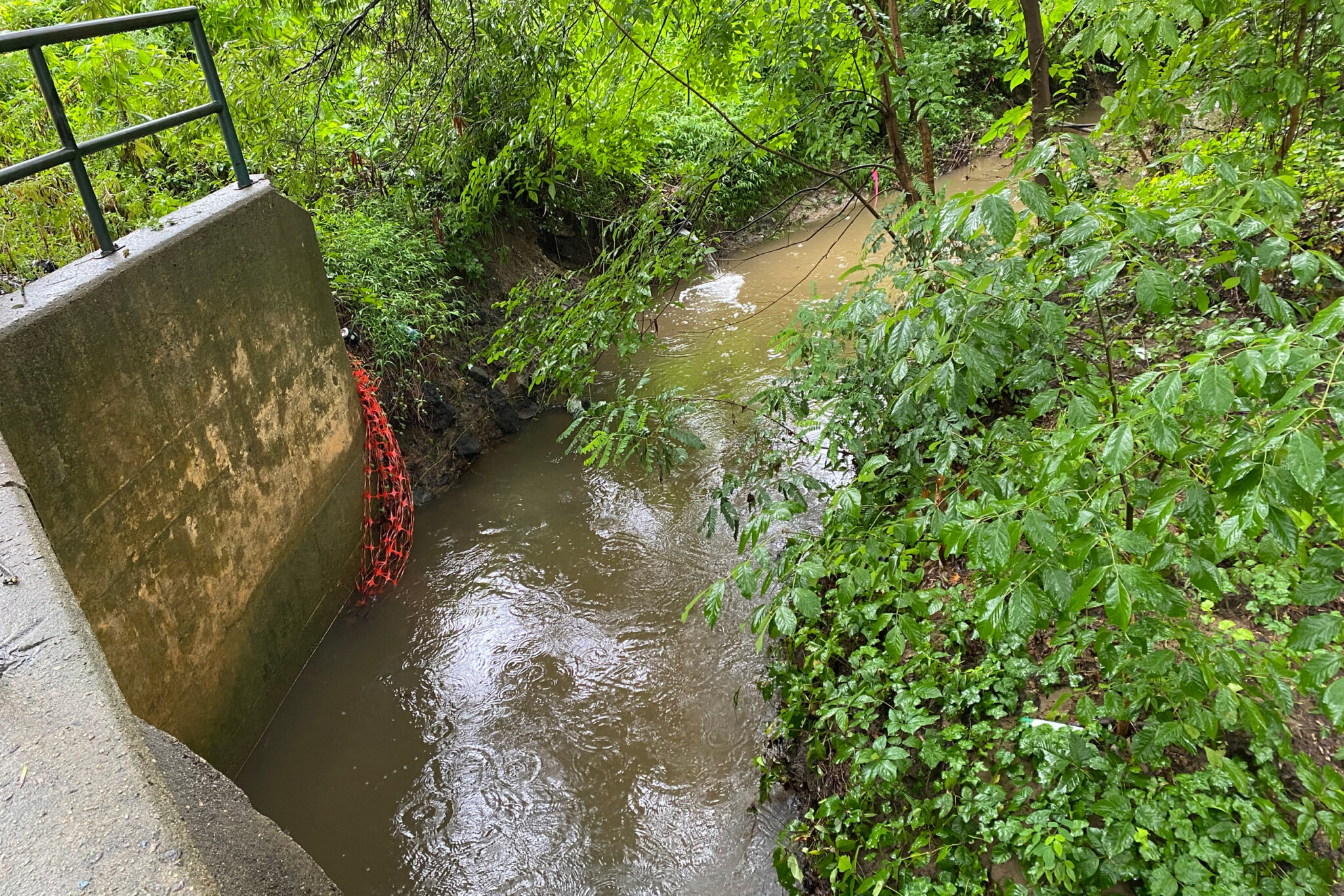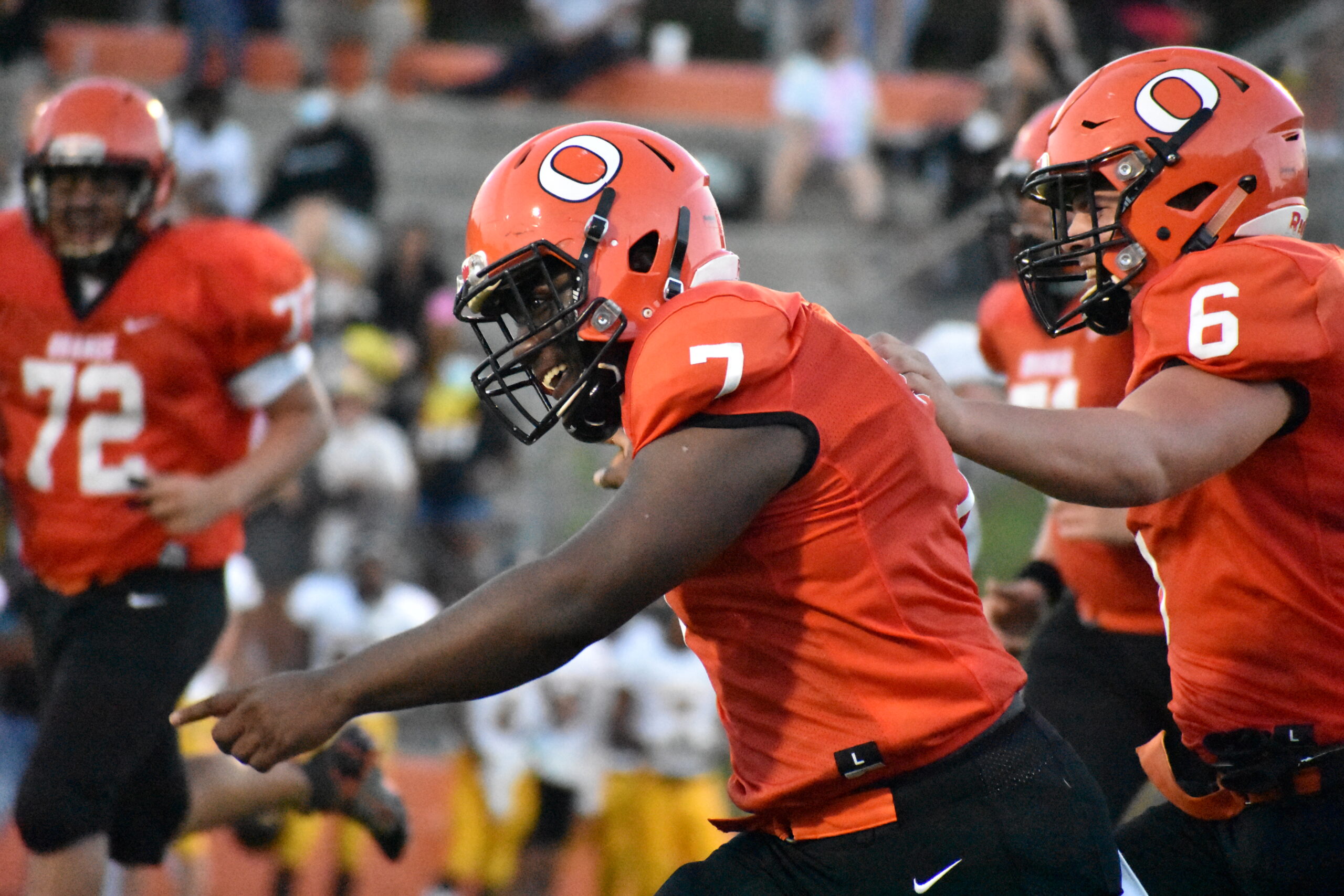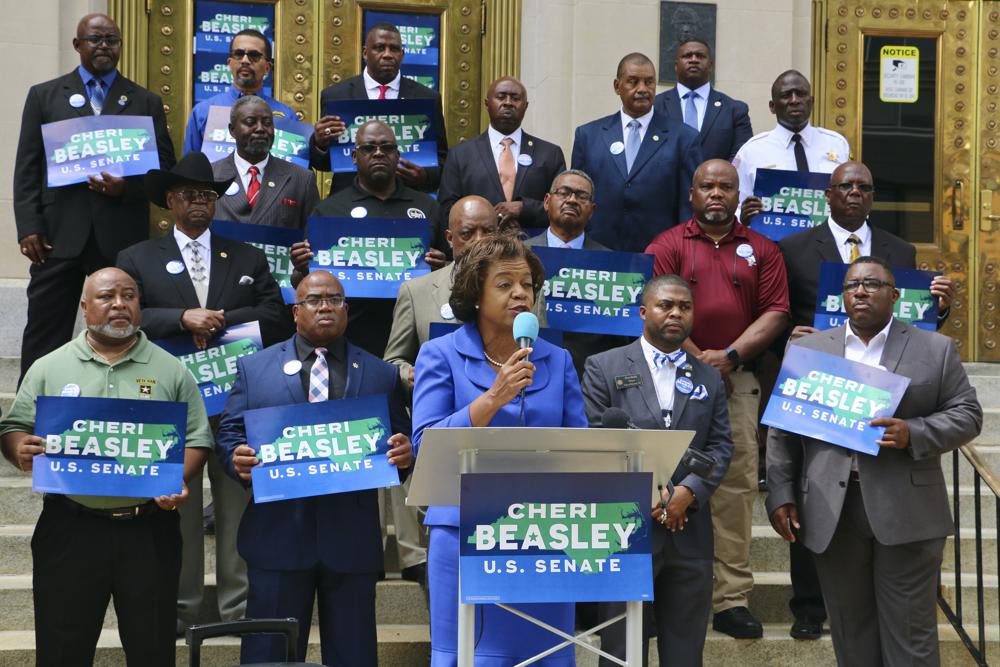In August 2017, a violent white supremacist rally in Charlottesville, Virginia, shocked the nation. A couple of days later, a Durham rally in solidarity with Charlottesville anti-racist’s protests saw the Confederate monument outside Durham’s Old Courthouse building torn down by protesters. The granite base of the statue, honoring the “The Boys Who Wore the Gray,” still stands in its original position, while the crumpled bronze statue was put into storage by local authorities.
Now, a joint county-city committee in Durham has released its recommendations for the future of that monument.
The committee, co-chaired by NCCU professor Charmaine McKissick-Melton and Duke professor Robin Kirk, recommends the statue be displayed in its current, crumpled condition inside the old Courthouse building accompanied by texts that explains the statue’s origins and how its history led to its fall.
For the monument’s granite base, the committee’s report recommends city and county officials pursue a public arts piece incorporating the base that provides a more holistic interpretation of Civil War history.
At the joint City-County meeting in Durham Town Hall on Tuesday morning, Kirk said the statue’s present condition is a necessary part of tell its history.
“When the statue was taken down, we know it was irreparably damaged. It is just not salvageable. But it is a historical artifact of the times when it was created, and in its current state is a historical artifact of how it came down. It has additional meaning in other words, in its current state.”
Kirk said Durham was one of only cities in the United States to have had a conversation about the future of its Confederate memorials. She called that “significant,” and something all 12 members of the committee were grateful for.
The report and the work of the committee drew praise from city and county officials, but not all of the report’s recommendations were well-received at the joint meeting.
County Commissioner James Hill was incredulous at the report’s suggestion of moving the monument to Beechwood cemetery at a future time. Beechwood is a historically African-American cemetery, and the burial grounds of prominent members of Durham’s black community including North Carolina Central University founder James E. Shepard.
“There are no Confederate dead at Beechwood cemetery. None,” Hill said. “I’m sorry. I have to disengage from this conversation.”
The report contains suggestions for future action by county and city officials. The committee highlighted frequent comments from public input sessions on a desire for acknowledgement for people, events and locations missing from Durham’s historical narrative. The contributions of mill, tobacco and agricultural workers, civil rights leaders and enslaved peoples were brought up repeatedly. As were historical figures such as Ann Atwater and C.P. Ellis, community leaders who worked to desegregate Durham schools, as well as Black Wall Street Founders and local gay rights’ activists.
Durham Mayor Steve Schewel said it’s the county commissioners who have the power to decide what to do next.
Related Stories
‹

Orange County Sheriff's Office Brings Two Dozen Additional Charges Against Durham ManOrange County authorities charged Durham's Keshaun Christopher Byrd over a November string of break-ins along Red Hill Lane and Seven Springs Road.

An Environmental Justice Test Case for Trump’s EPA: A Creek That Smells Like DeathBy Lisa Sorg, Inside Climate News On a summer afternoon in Burton Park, hip-hop throbs from a car stereo over the backbeat of a basketball slapping on concrete. The sun bakes a grid of identical brick buildings, whose wheezing window air conditioners can barely keep pace with the 96-degree heat. Three young boys laugh and […]

Durham Tech Announces Contract Extension for President J.B. Buxton Through 2029Durham Technical Community College President J.B. Buxton received a contract extension ahead of the new academic year, with his tenure now set to run to at least 2029.

Days After Historic Rain, Chapel Hill and Durham Under Another Flash Flood WarningMany areas of Orange County, Chatham County and the rest of central North Carolina are again under a flash flood warning on Wednesday.

Durham County Sheriff's Office Investigating Teenager Shot in the FaceDurham County authorities are investigating the Tuesday afternoon shooting of a teenager who was found at a Chapel Hill intersection before being taken to the hospital.

Widespread AT&T Outage in Orange and Durham Counties Still OngoingAT&T internet and television customers in parts of Orange and Durham County have been without service since around 10 p.m. Thursday night. AT&T described the source of the outage as a “fiber equipment failure” on its website. It posted a timeframe of 24-48 hours until restoration at the time of the outage on Thursday night. […]

High School Football Round-Up: Week 5Every week during the season, Chapelboro will post the scores of local high school football games. Here are the scores from Week 5! Results from Week 4 can be found here. Chapel Hill (4-0): Idle Up next: vs. East Chapel Hill Cedar Ridge (1-3): Lost to Person County, 76-8 Up next: vs. Northwood East […]

Beasley Touts Sheriff Support, Opposes ‘Defund the Police’Written by HANNAH SCHOENBAUM North Carolina U.S. Senate candidate Cheri Beasley pitched herself Monday as a bridge between law enforcement and the Democratic party, appealing to moderate voters in one of the nation’s most competitive races for a seat in the narrowly divided chamber. Joined by more than a dozen current and former law enforcement […]

Durham Man Wins $200,000 From Scratch-Off TicketJose Diaz Ortez of Durham won a $200,000 prize from a $5 scratch-off ticket, the North Carolina Education Lottery announced Friday morning. The lottery shared a release saying Ortez bought the lucky ticket from Quality Food Mart on Durham Road in Raleigh and collected his prize on Thursday. After required state and federal taxes, Ortez […]

Durham Man Wins $141,000 Jackpot PrizeDamien Malone of Durham won a $141,221 prize from a $5 ticket, the North Carolina Education Lottery announced Friday. The lottery shared a release saying Malone bought the lucky ticket from a Harris Teeter grocery store on Hillsborough Road in Durham. After required state and federal taxes, Ray will take home $100,282. At the time […]
›











